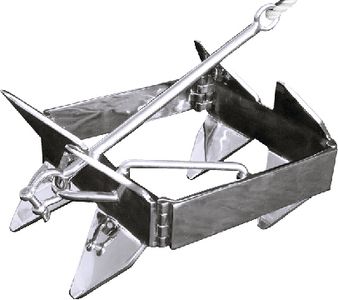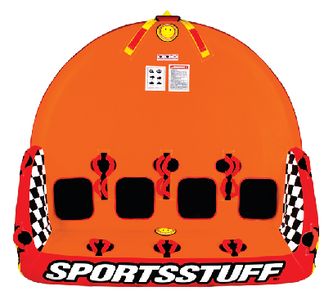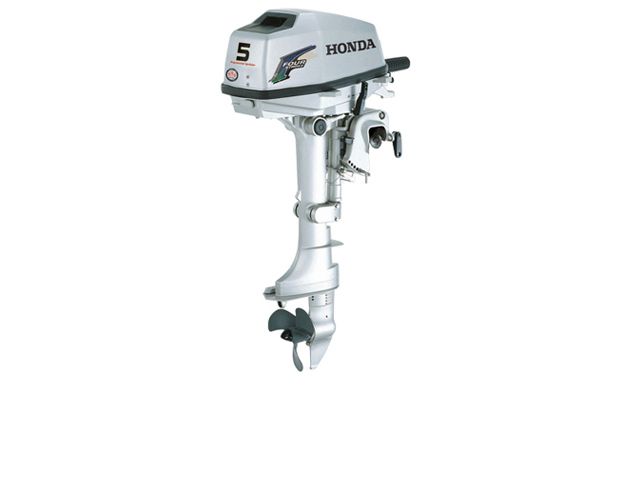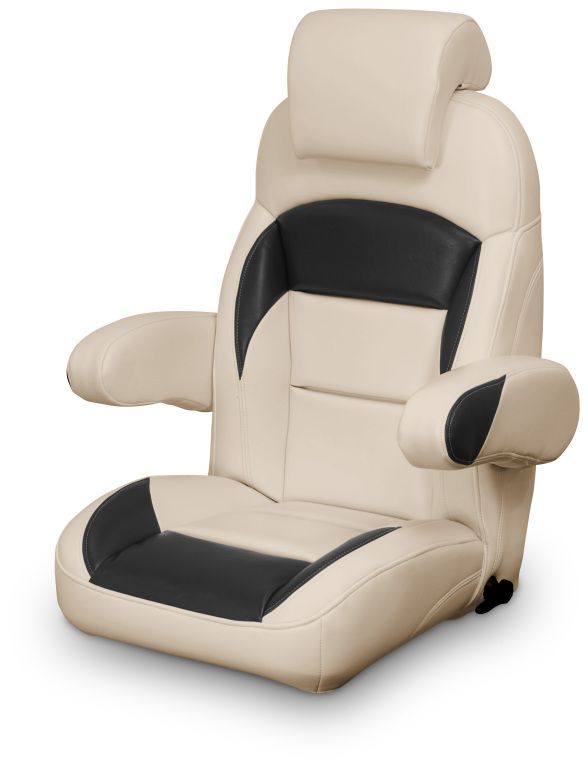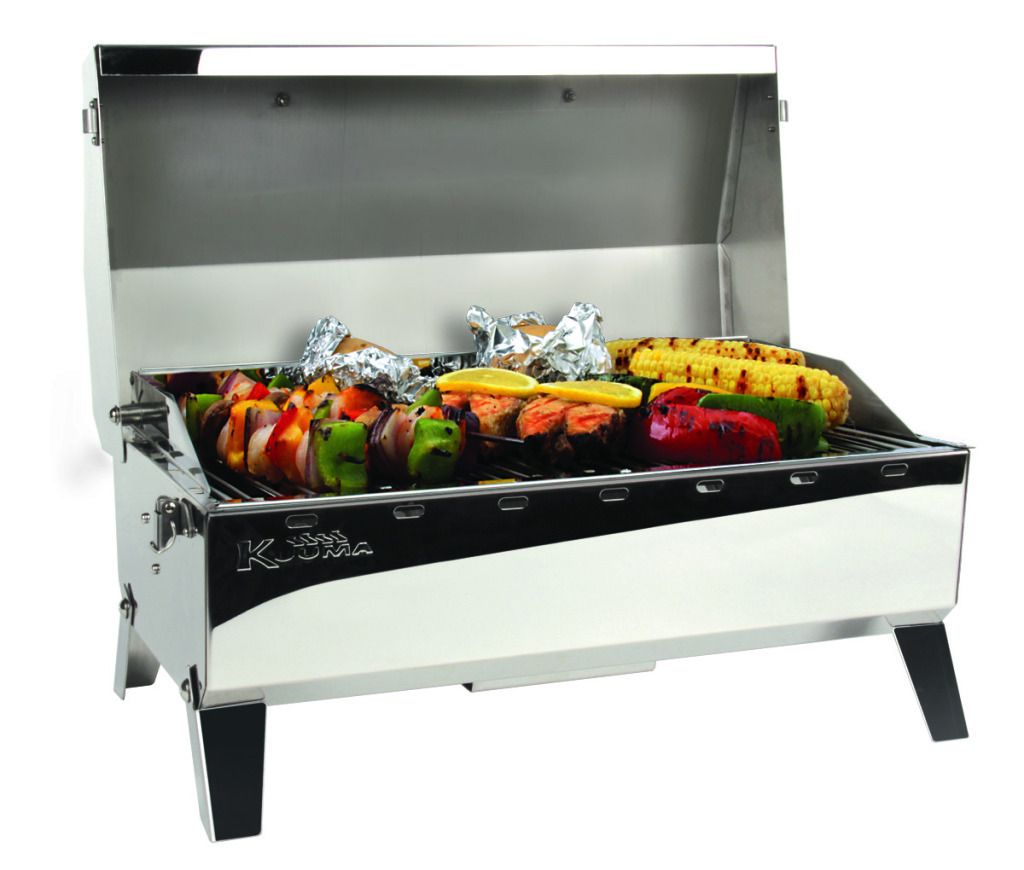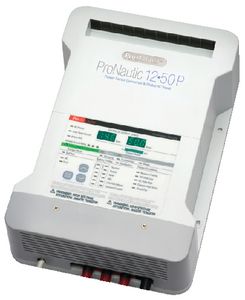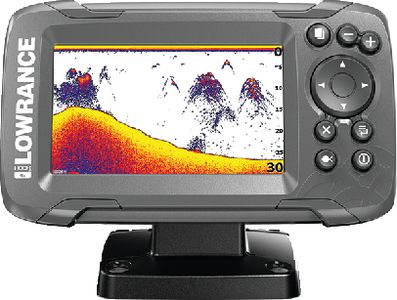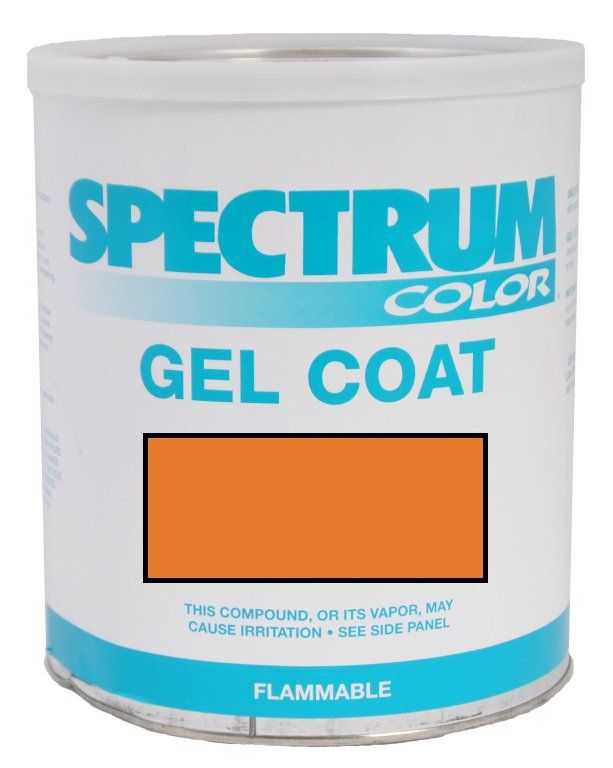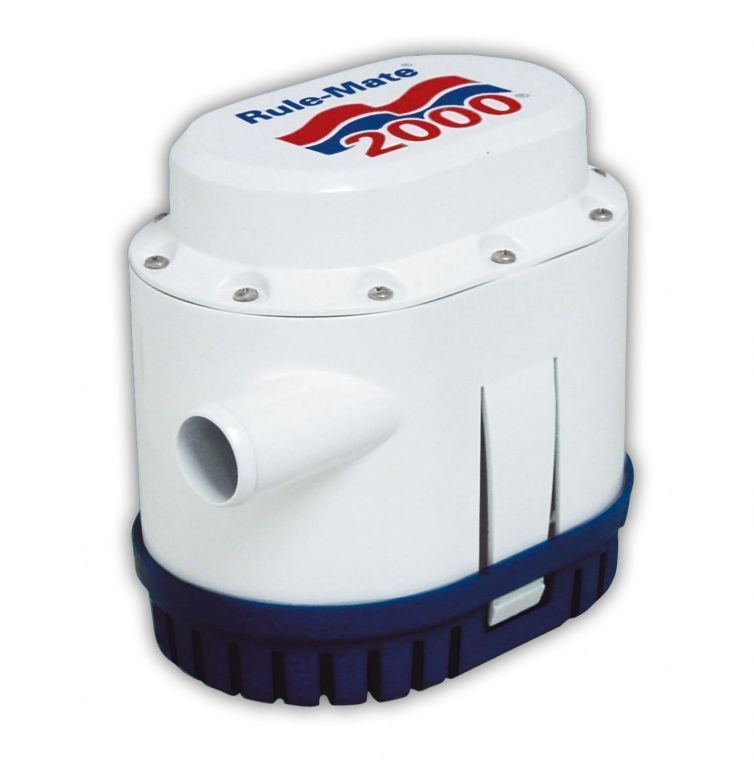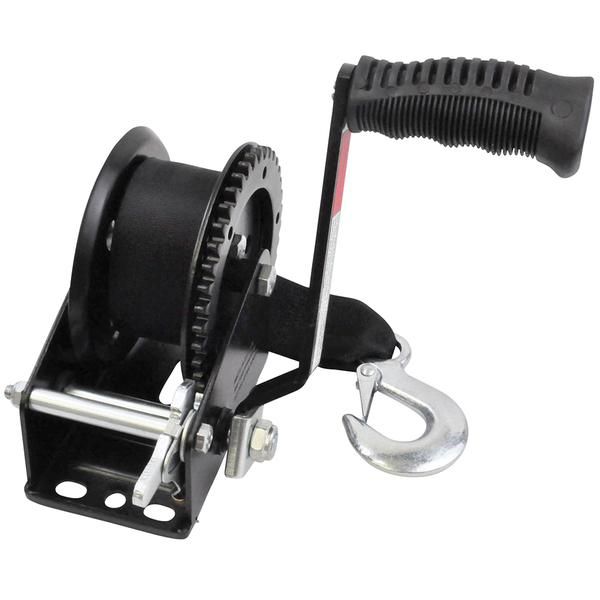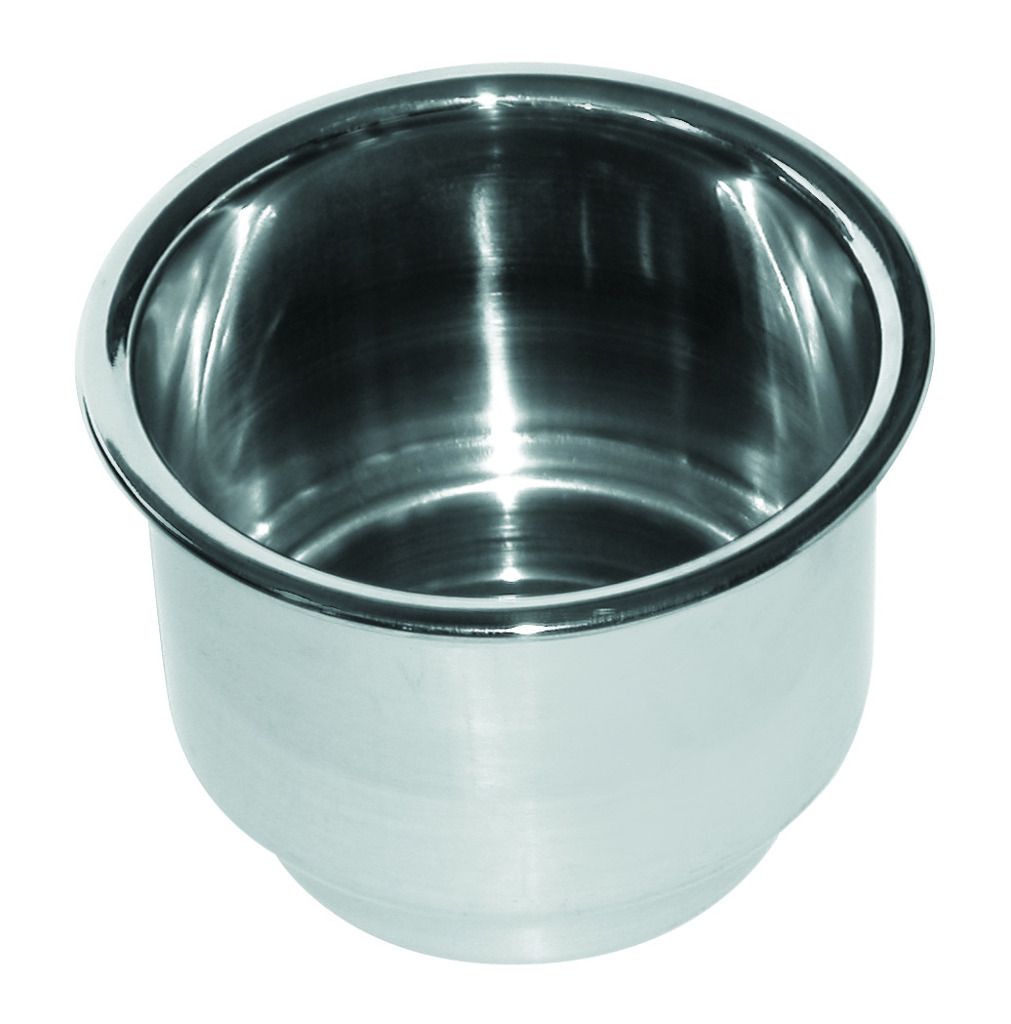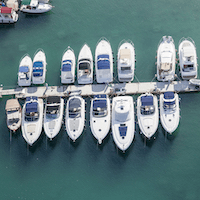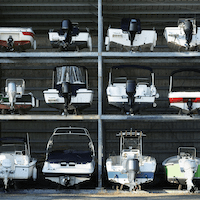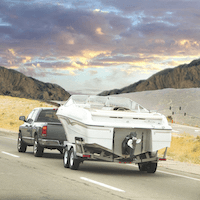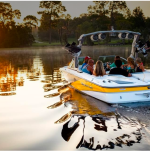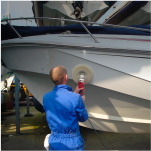Affer a powerhead refresh, my 9.8 won't start unless I squirt some raw fuel into the carb intake. Then it'll fire up first pull, sound wonderful for a second or two, then die. It seems fuel starved. I have done a couple of real good cleanings of the carb in my ultrasonic cleaner. I pulled apart everything I could. Everything in the carb looks very clean. I hooked up the fuel inlet hose with the carb bowl off. I pumped the bulb primer. I manipulated the float by hand. I can see the float and inlet needle & valve are working properly. There is fuel in the bowl. The black plastic ventui is in the carb is present and looks good. The engine just doesn't seem to pull fuel through the carb as it should.
To recap what I did to this powerhead:
Disassembled engine & measured pistons and bores
Honed cylinders
New piston rings OEM
New crank seals OEM
New crank bearings
All new reeds, OEM ( I believe reed block can only be installed 1 way)
Cleaned & gapped spark plugs
Can visually see good strong spark at plugs
Cleaned plug wire connections at plug boots and coils
Set static timing to spec
Disassembled and Cleaned carb in ultrasonic cleaner 2x
Current compression measured at 75 psi, rings not broken-in
I've tried multiple variations of choke, throttle and idle screw adjustments with no improvements. I gave up tonight after the knot in my pull starter handle opened up. All the rope sucked inside. Lol. I'll open that up tomorrow and re-set the rope again. Does anyone have any suggestions or ideas what may be going on here? I'm told 75 psi is normal for the comet and lightening powerhead units. I've hit a wall with this problem. Unsure what is causing the symptoms. Thinking I may swap the carb out with the one off my 7.5. It seems to work good. See if the 9.8 will fire up after a carb swap.
Thanks in advance for any suggestions.
To recap what I did to this powerhead:
Disassembled engine & measured pistons and bores
Honed cylinders
New piston rings OEM
New crank seals OEM
New crank bearings
All new reeds, OEM ( I believe reed block can only be installed 1 way)
Cleaned & gapped spark plugs
Can visually see good strong spark at plugs
Cleaned plug wire connections at plug boots and coils
Set static timing to spec
Disassembled and Cleaned carb in ultrasonic cleaner 2x
Current compression measured at 75 psi, rings not broken-in
I've tried multiple variations of choke, throttle and idle screw adjustments with no improvements. I gave up tonight after the knot in my pull starter handle opened up. All the rope sucked inside. Lol. I'll open that up tomorrow and re-set the rope again. Does anyone have any suggestions or ideas what may be going on here? I'm told 75 psi is normal for the comet and lightening powerhead units. I've hit a wall with this problem. Unsure what is causing the symptoms. Thinking I may swap the carb out with the one off my 7.5. It seems to work good. See if the 9.8 will fire up after a carb swap.
Thanks in advance for any suggestions.

